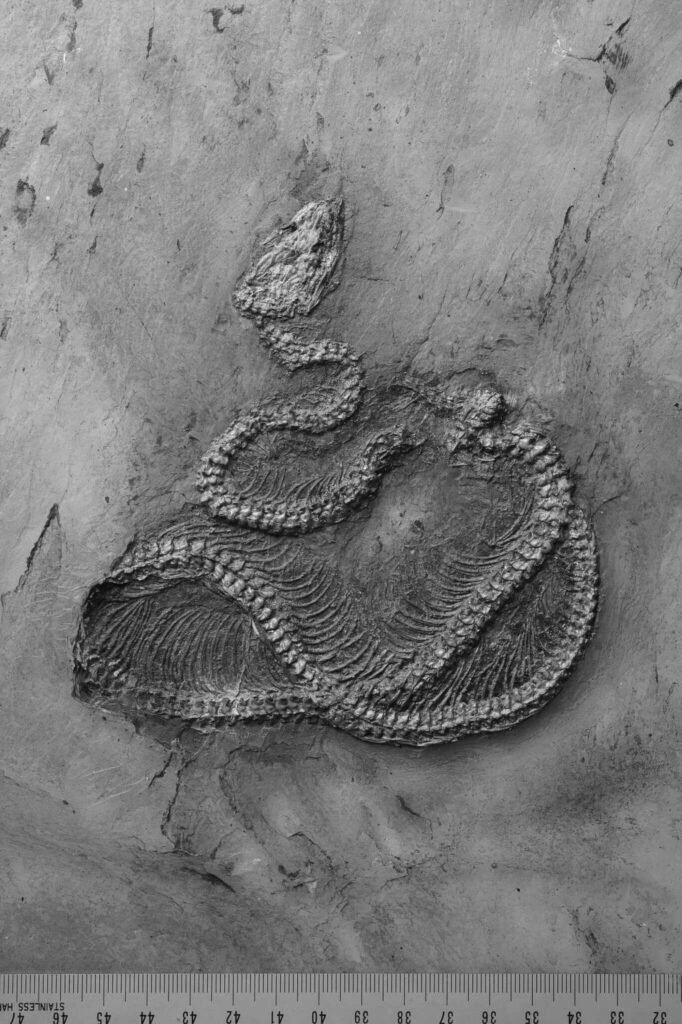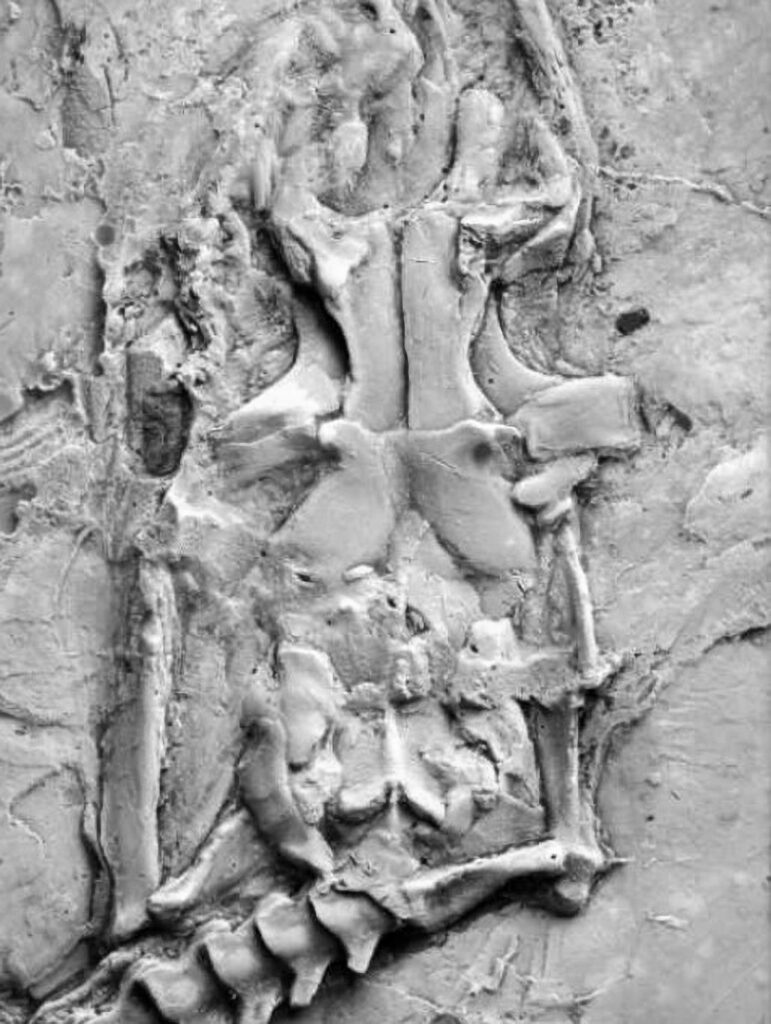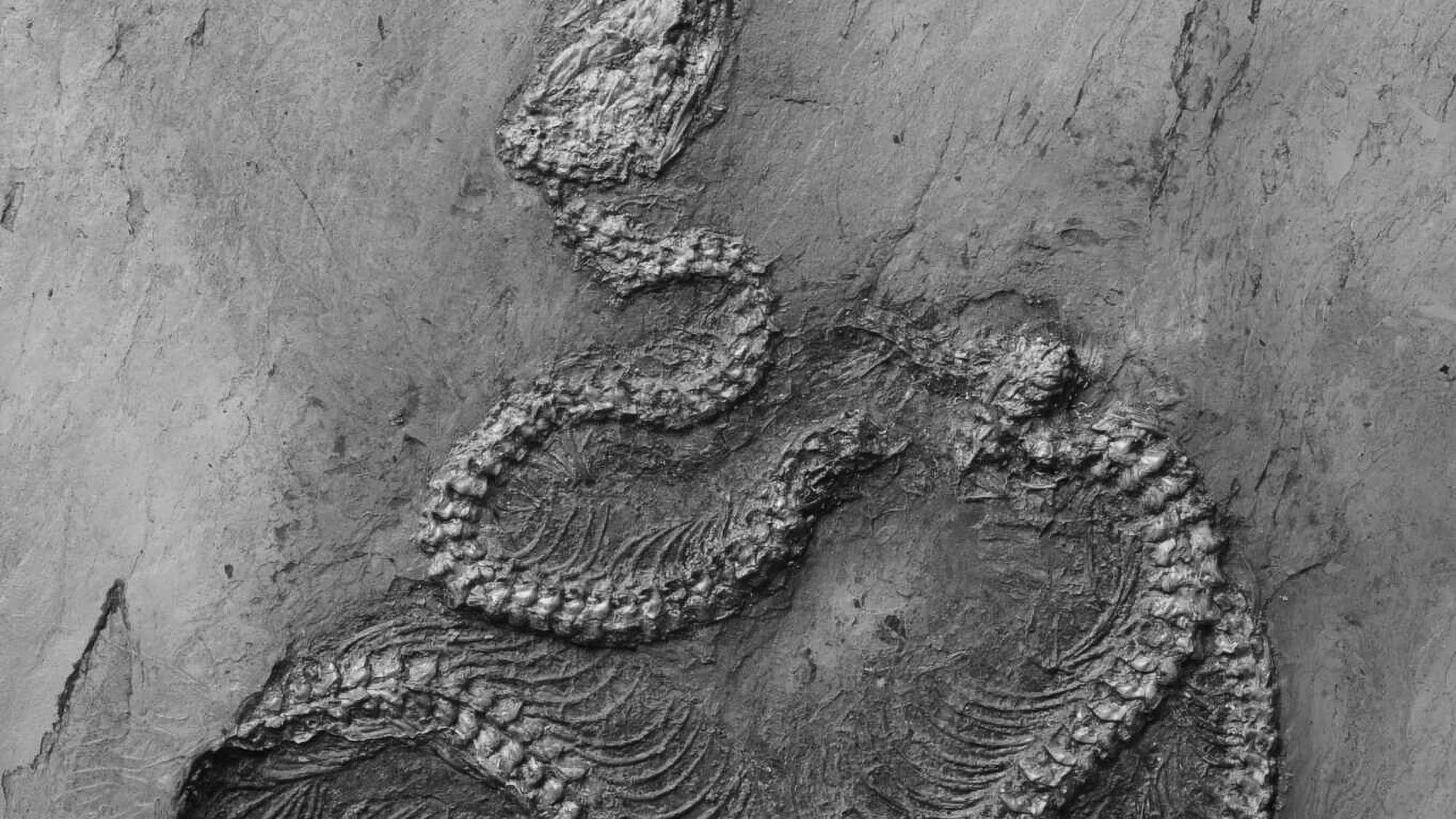German archaeologists have found these remarkably well-preserved 47-million-year-old snake fossils making them not only the oldest known snake fossils on record but also offering clues which could explain how snakes lost their legs.
The fossils were found in the UNESCO World Heritage Site Messel Pit located near the village of Messel in the German state of Hesse, according to a press release from 16th December.
The fossils are especially significant not just because of their age, but because it has generally been proven extremely difficult to get fossil records from snakes because they are fragile and rarely ended up fossilised. Currently, there is generally a consensus among experts that they originally developed from lizards after they slowly gave up their limbs.
The fossils now unveiled were discovered by researchers from the Senckenberg Research Institute and Natural History Museum Frankfurt, based in the German city of Frankfurt, and the University of Sao Paulo, based in Brazil.
The new species was named Messelopython freyi. Its first name comes from the area where they were discovered.
The second was given to the species honouring palaeontologist Dr Eberhard Frey from the State Museum of Natural History Karlsruhe for his contributions in his field and whose work has earned him the nickname ‘Dino’.

The newly described python species Messelopython freyi is the oldest known fossil record of a python worldwide 
The head and body of the Messel python are almost completely preserved
Senckenberg Research Institute and Natural History Museum Frankfurt Investigator Dr Krister Smith says the discovery could help to understand the evolutionary origins of the python which, until now, have remained a mystery.
Both he, and his Brazilian colleague from the University of Sao Paulo named Hussam Zaher, say the fossils are 47 million years old, making them the oldest in the world.
The image shows the fossil record which is about one metre (3.2 feet) in length and is almost perfectly preserved.
The previous oldest record of python fossils found in Europe dated back to the Miocene era which was between 23 and five million years ago but the serpent disappeared from the continent again when the planet started to cool.
Today, pythons are found in Africa, Australia and Asia and are some of the largest serpents in the world with some reaching an incredible six metres (19.6 feet).
To find out more about the author, editor or agency that supplied this story – please click below.
Story By: Juan Mayes, Sub-Editor: Marija Stojkoska, Agency: Newsflash
The Ananova page is created by and dedicated to professional, independent freelance journalists. It is a place for us to showcase our work. When our news is sold to our media partners, we will include the link here.




